WE’VE COLLATED OUR MOST FREQUENTLY ASKED QUESTIONS AROUND OUR PIPELINE PRODUCT RANGE
Ever had a burning question about pipeline debris or pigging? In this blog we’ve collated our most frequently asked questions around our pipeline product range. Read on to find out if we answer your query or learn something new about our technology:
How do I get rid of debris at the end of the pipeline?
Pipeline gels and pigs are often used to clean and remove deposits as well as pick up any unwanted items blocking flow. The product will clear the pipeline as it goes and will pick up, suspend the debris and transport it to the end within the gel. The debris, which may be suspended in the gel or pushed ahead of the pig, can be collected in a temporary tank and disposed by a licensed waste management company.
Our products have been tested and developed to the highest environmental standards and many our pipeline gel products are Gold non substitution as approved by the Offshore Chemical Notification Scheme (OCNS). This means that Aubin’s pipeline products are safe to handle and safe to discharge into the sea.
Is there an optimal pigging flow rate/speed for Pipeline Gels and EVO-Pigs?
Our Pipeline Gels and EVO-Pig can be used in a variety of environments. Aubin’s application engineers work with our clients to define optimal pigging parameters to meet the required outcome. Generally the speed falls within the industry standard between the 0.1 – 2m/s range.
Our expert team will be assigned to your project and will advise of any speed related queries that you may have.
How is EVO-Pig different from foam pigs?
Over the last ten years technology has advanced and our EVO-Pig continues to evolve as we meet clients changing needs. The main differences between foam and EVO-Pigs are:
EVO-Pig can reduce to 50% of it’s original diameter and return unchanged to original size to pass through multibore pipelines
EVO-Pig is compatible with most pipeline fluids
EVO-Pig can be used in a wide temperature range
EVO-Pigs do not need launching and receiving facilities
Foam pigs compress and harden to suit the pipeline form, EVO-Pigs do not compress. EVO-Pigs elongate to reduce in diameter to fit the area and will return to the original size once diameter increases
Their specific gravity (sg) can be tailored
Some EVO-Pigs can be formed inside the pipe
The EVO-Pig’s flexibility makes it an excellent choice when looking for a product to maintain your pipeline.
Are the pipeline products easy to transport?
Pipeline Gels and EVO-Pig can be delivered ready-to-use or in separate component form for mixing and/or setting in-situ.
Upon enquiry, our expert logistics team always works to deliver pipeline products to clients promptly from our distribution centres located around the world.
How much does it cost?
Aubin’s mission is to add value to our clients operations or solve complex challenges using chemical expertise. Our service is bespoke and we cost our products based on your specific needs. Our sales team will take time with you to discuss your requirements.
What temperatures can it work at?
Our range of gels and pigs can operate between -50 °C (-58 °F) and 140 °C (284 °F). Contact us for specific temperature requirements.
What happens if the pig gets stuck?
We have no reported cases of our gels or EVO-Pig getting stuck in a line, in fact these products are often used to help displace stuck pigs. Our products have the ability to shear through very small gaps with minimal back pressure.
Do I need to use pipeline gel with EVO-Pig?
No, although using gel ahead of any pig will generally enhance its performance and reduce wear and back pressure.
I have a complex pipeline structure, will it work with a variety of environments and diameters?
Our team loves a challenge and regularly simulate “difficult to pig” lines to push our products to their limit.
Did we answer your question? If not, we have a dedicated team who are on hand to answer your questions. Contact Daniel Molyneux to find out how we can help you.


